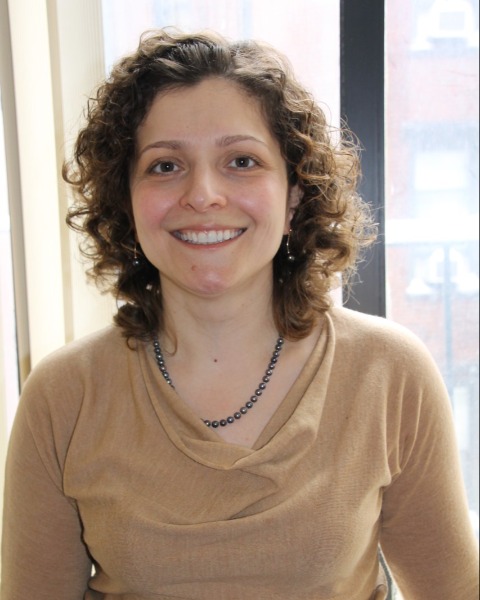Child / Adolescent - Anxiety
Treatment-Specific Factors Influencing Parent Satisfaction: Findings from a Youth Anxiety Clinic
(PS3-D81) Treatment-specific Factors Influencing Parent Satisfaction: Findings from a Youth Anxiety Clinic

Justine Lee, B.A.
Assistant Research Technician
Center for Anxiety and Related Disorders, Boston University
Brookline, Massachusetts- AD
Anamika Dutta, B.A.
Clinical Psychology Doctoral Student
Boston University Center for Anxiety and Related Disorders
Somerville, Massachusetts 
Alyssa M. Farley, Ph.D.
Research Assistant Professor
Boston University Center for Anxiety and Related Disorders
Boston, Massachusetts
Rachel Merson, Psy.D.
Research Assistant Professor
Boston University Center for Anxiety and Related Disorders
Boston, Massachusetts.jpg)
Donna B. Pincus, Ph.D.
Professor, Department of Psychological and Brain Sciences
Boston University
Boston, Massachusetts
Ovsanna Leyfer, Ph.D.
Research Assistant Professor
Boston University Center for Anxiety and Related Disorders
Boston, Massachusetts
Author(s)
Co-Author(s)
Background: Research has shown that higher parent-therapist alliance is associated with greater attendance and participation in child treatment (Hawley & Weisz, 2010). In adolescent populations, for example, parents’ views of cognitive behavioral therapy (CBT) can influence treatment outcomes, and greater parent satisfaction in treatment can lead to symptom reduction within adolescent patients (Turchik et al., 2011). Thus, it is crucial to better understand what factors influence parent satisfaction with CBT, although very little research has focused on parents’ opinions to date. The current study aimed to address this gap in the literature by exploring factors that influenced caregiver satisfaction in an anxiety specialty outpatient clinic. Specifically, the study examined the relationships between caregiver satisfaction with treatment and 1) the degree of caregiver involvement in treatment and 2) the use of various CBT skills during treatment.
Method: Between 07/2020 to 01/2023 at an anxiety specialty outpatient clinic, Client Satisfaction Questionnaire (CSQ) and Clinician Post Treatment Questionnaire (CPQ) data were analyzed for 56 patients between the ages of 4 and 17. Caregivers completed the CSQ, and providers completed the CPQ. Chi-square analyses and independent samples t-tests assessed the influence of caregiver participation in treatment, patient age, types of skills learned, and consistency of attendance on CSQ outcomes. Caregiver participation was dichotomized by whether caregivers participated in more or less than half sessions on average throughout treatment. For chi-square analyses, CSQ scores were dichotomized into highest satisfaction (32) vs. lower satisfaction (20-31) scores due to the frequency of caregivers reporting the highest level of satisfaction (N=22).
Results: Independent of child age, greater caregiver involvement in treatment sessions relative to lower involvement was significantly associated with the highest level of treatment satisfaction (58.8% vs. 30.8%; 𝜒²(1)=3.91, p=0.048). Additionally, among skills learned during treatment, completing exposures between sessions was significantly associated with higher CSQ scores relative to not completing exposures between sessions (Mcompleted=29.80 [SD=2.87] vs. Mnotcompleted=27.09 [SD=3.75]; t(54)=-2.64, p=.011).
Discussion: Findings indicate that caregivers who spent more time participating in sessions felt more positively about their child’s treatment experience. This may be because caregivers who had greater involvement in sessions had a better understanding of CBT skills, felt more connected to the treatment provider and child, and/or felt more confident in their ability to use the skills with their children at home (e.g. support their child with between-session exposures). In turn, caregivers with greater involvement may feel more confident in their ability to move on from treatment. These results underscore the importance of clinicians considering greater caregiver involvement throughout treatment to increase satisfaction.

